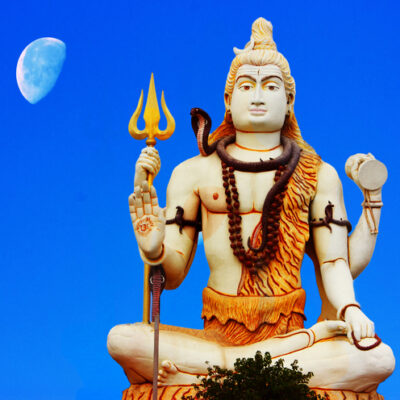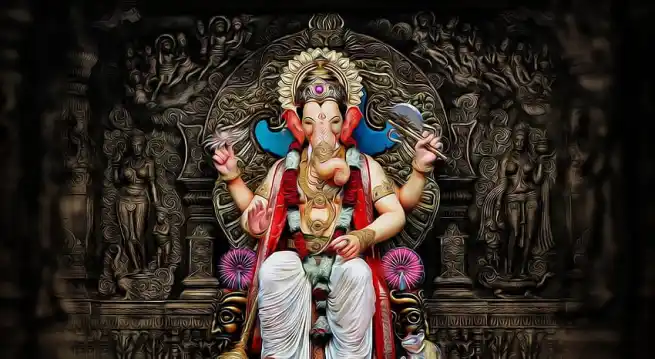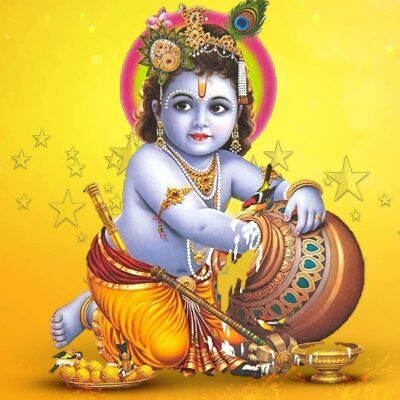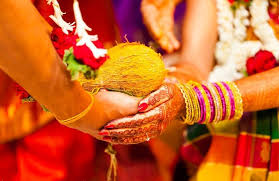Trincomalee Sri Thirukkoneswaram Temple, Srilanka
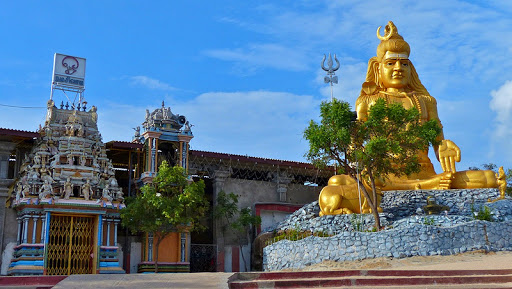
Address
Trincomalee Sri Thirukkoneswaram Temple, Trincomalai , Sri Lanka- 31000 Telephone No : +94 26 222 6688
Deity
Thirukkoneswaram Amman: Mathumaiyal
Introduction
- Location: Thirukoneswaram, also known as the Holy Koneswaram Temple, is a Hindu temple in Thirukonamalai (Trincomalee) on the east coast of Sri Lanka.
- Geography: The temple stands on a high rocky promontory, surrounded on three sides by the sea.
- Historical Significance: It has a history spanning over three millennia, with records tracing its origins to 1580 BCE.
- Former Glory: Once a grand temple city comparable to ancient Madurai, only parts of its historical structure remain today.
- Main Deity: The temple is dedicated to Lord Shiva, also known as Eeshwar or Eeshwarar.
- Etymology:
- Thirukoneshwarar is derived from Tamil words:
- Thiru (Holy)
- Konam (Peak)
- Malai (Mountain)
- Konam is believed to mean ‘peak’ in Old Tamil.
- Thirukoneshwarar is derived from Tamil words:
- Alternative Names:
- Dakshina Kailayam (Sanskrit: “Mount Kailash of the South”)
- Aathi Koneswaram (Aathi means “ancient” in Tamil)
Puranic Significance
- Ramayana Connection:
- The temple was built by Rishi Agastya on Lord Shiva’s instructions, impressed by King Ravana’s devotion.
- Lord Rama installed a second lingam here to atone for Brahmahatya Dosham (sin of killing Ravana, a Brahmin).
- Rama is believed to have prayed here to rid himself of this Dosham.
- Religious Significance:
- Considered one of the Pancha Ishwarams of Sri Lanka.
- Recognized as a significant Ramayana-related site in Sri Lanka.
- Historical Background:
- Mentioned in Vayu Purana, Konesar Kolvettu, and Tevaram hymns by saints Sambandhar and Sundarar.
- It is a Paadal Petra Sthalam (sung in Tamil Saiva hymns).
- Built during the Tamil Pallava, Chola, and Pandya dynasties.
- Destroyed by the Portuguese between 1622 and 1624.
- Architectural Features:
- Development traces back to 205 BCE.
- Designed with Dravidian architecture, featuring a thousand-pillared hall (Aayiram Kaal Mandapam).
- King Elara Manu Needhi Cholan contributed to its expansion.
- Once regarded as the greatest architectural marvel of its time.
- Featured elaborate sculptural bas-reliefs on black granite and gold-plated gopuram towers, expanded in the medieval period.
Special Features
- Part of the Pancha Ishwarams:
- Koneswaram is the easternmost shrine among the five ancient Iswarams of Lord Shiva in Sri Lanka, along with:
- Naguleswaram (Keerimalai)
- Thiruketheeswaram (Mannar)
- Munneswaram (Chilaw)
- Tenavaram (Tevan Thurai)
- Koneswaram is the easternmost shrine among the five ancient Iswarams of Lord Shiva in Sri Lanka, along with:
- Historical & Religious Importance:
- Mentioned in the Ramayana and Mahabharata (400 – 100 BCE).
- Recognized as one of the 275 Shiva Sthalams glorified in Tevaram (600 – 660 CE).
- Swami Rock is revered as a Shiva Upa Peetha in the Sivacharita and Pithanirnaya texts.
- Shakti Peetha & Additional Shrines:
- The temple housed shrines for multiple deities as per Tamil Hindu temple traditions.
- The Shakti temple on the promontory, known as Tirukkamakkottam, was one of the 18 Maha Shakti Peethas, referenced in Adi Shankara’s Ashta Dasa Shakti Peetha Stotram.
- Three Pagodas of Thirukonamalai, reconstructed by Kullakottan, included shrines for:
- Vishnu (Thirumal)
- Shiva’s consort Shankari Devi (Ambal, Uma, Shakti)
- Additional Deities in the Complex:
- Smaller shrines dedicated to:
- Ganesh
- Durga
- Murukan (praised in Thiruppugazh)
- Agastya
- Navagrahas (Nine Planets), including Surya (Sun God)
- Smaller shrines dedicated to:
- Temple’s Layout & European Documentation:
- The Vishnu-Thirumal temple was likely the first temple encountered on the promontory, as recorded in Oud en Nieuw Oost-Indiën (1726) by François Valentijn.
- The Goddess temple, once near the sea, stood where the reconstructed Shiva temple is now located.
Festivals
- Ther Chariot Festival (Thirukoneswaram Ther Thiruvilah Festival)
- A 22-day annual festival held in April.
- Begins with the hoisting of the Nandi flag at the temple.
- The main deities, Lord Konesar and Mathumai Ambal, are taken in an ornate chariot.
- Lord Pillayar (Ganesha) and Lord Murugan with his consorts Valli and Theivayanai are taken ahead in separate chariots.
- The festival is linked to Puthandu (Tamil New Year) and is observed in Trincomalee and nearby villages like Sambaltivu.
- Traditionally conducted until 1624 and revived in 2003 after 379 years.
- Theertham Thiruvilah (Water-cutting Festival)
- Held during the Ther Chariot Festival.
- Takes place at the Papanasachunai holy well (Papanasam Theertham) on Swami Rock.
- The deity and holy artefacts are bathed in sacred waters, and devotees are sprinkled with the holy water.
- Other Hindu temples in Trincomalee, like the Bhadrakali Amman Temple, also conduct their Theertham Festival in the Back Bay Sea (Theertha Kadatkarai).
- Theppath Thiruvilah (Boat Festival)
- The deities Lord Konesar and Mathumai Ambal are taken in a boat procession from Swami Rock via the Back Bay Sea to the Dutch Bay Sea.
- Religious discourses and cultural performances take place at Dutch Bay Sea Beach throughout the night before Puthandu.
- Early the next morning, the deities are returned to the temple via Fort Frederick.
- Poongavanam Festival (Temple Garden Festival)
- Celebrated during the 22-day Ther Festival period.
- Focuses on the temple gardens, worship, and community participation.
- Navaratri Festival
- A 9-day festival dedicated to the various forms of the presiding goddess.
- Includes special pujas and offerings at the temple.
- Maha Shivaratri Festival
- A 3-day festival dedicated to Lord Shiva.
- Started in 1951 after the rediscovery of bronze idols in 1950.
- Takes place in three stages:
- Day 1: Procession from Swami Rock to the entrance of Fort Frederick.
- Day 2: Procession to Pathirakalai Ambal Temple, where deities rest for the evening.
- Day 3: Large chariots carrying deities are pulled back to Koneswaram Temple, accompanied by traditional Nadaswaram and Thavil musicians.
- Devotees hold Poorna Kumbham outside their houses and worship along the procession route.
Century/Period/Age
1000-2000 years old
Managed By
Government of Srilanka
Nearest Bus Station
Trincomalee
Nearest Railway Station
Trincomalee
Nearest Airport
Jaffna
